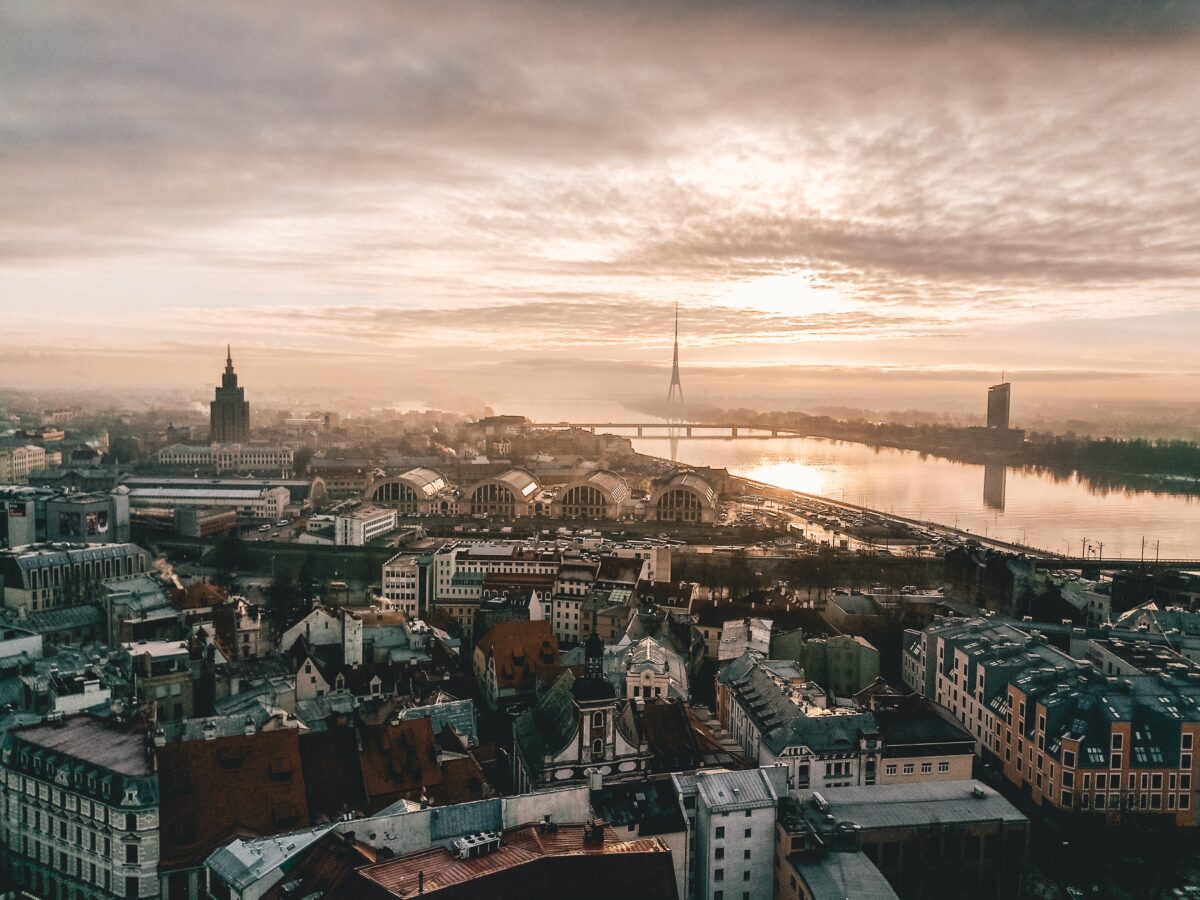Reinis Aboltins told pv magazine that Latvia is lagging behind its Baltic neighbors on almost all renewable energy fronts, especially solar, and described the situation as “miserable”. According to IRENA, Latvia only recorded 54 MW of installed PV capacity at the end of 2023, which is a sliver of Estonia’s solar gains (535 MW) and Lithuania’s (568 MW).
But Aboltins, a seasoned energy expert residing in the country’s capital, Riga, said that solar – alongside wind – could be a “king” of the country’s energy market. According to a European Parliament briefing document of Latvia, there is “untapped” potential for solar to power “large-capacity” electricity generation in the Member State.
Aboltins said increasing investor confidence, which is already happening, is the key to achieving this success.
“The most most important thing is LCOE (levelized cost of electricity) and for solar PV and for onshore wind it has dropped so low that they have been absolutely competitive in comparison with such conventional technologies as natural gas,” he said. Aboltins estimated the country’s PV LCOE is €35/MWh ($38.06/MWh).
He said the renewable energy makeup of the country – which derives one-third of its energy from renewables – “could be better”. In 2021 Latvia's largest electricity producers were gas combined heat and power plants in Riga followed by the hydropower plants on the Daugava River, according to a research paper. The authors of the paper later described the deployment of wind and solar projects as “very low” up until 2022.
Latvia has fallen behind in the solar renewable race due to historical and “controversial” incentives and support schemes, Aboltins said. These have left a lasting impression on the sector. “There are real people, real names and real companies, real legal entities behind those processes, and also real legislators and decision-makers and politicians, whose names have been associated with these vested interests,” Aboltins said.
He said this isn't helped as there are currently no support schemes for renewable energy projects in the country.
Popular content
But the former energy consultant believes that Latvian investors and businesses recently have turned their attention to solar energy “on a mass scale, industrial scale” due to the country's appetite for cheaper energy prices. These opportunities are amplified by the Latvian government’s renewable energy targets, set out in “Latvia's National Energy and Climate Plan 2021-2030”. Some of these goals include slashing greenhouse gas emissions by 65% by 2030 and sourcing half of its energy from renewables by the end of the decade.
In May, Latvian renewable energy developer PurpleGreen Energy P announced its plans to build a 400 MW solar power plant in Balvi, in the northern Latgale region near the Russian border. The news follows Danish energy company European Energy announcing it was currently developing a 155 MW solar power plant in Brocēni, located in the Saldus region in the country’s west.
Thorvald Spanggaard, Executive Vice President of European Energy, said the shortage of local energy production – especially renewable energy – means that the Latvian energy market holds some of the highest prices in the region. Spanggaard said that European Energy is currently considering power purchase agreements for the 155 MW solar power plant, but in general, Latvia needed “more experience” structuring PPAs and power trading risk hedging as it is currently not “that advanced.”
“Latvian power market regulations are undergoing some restructuring considering the expected power system synchronization with continental Europe,” he said. “Also, regulatory restructuring is required due to unexpectedly high demand for new renewable energy generation projects grid connection.”
Aboltins said there are some major solar PV projects in the pipeline for Latvia, and if all goes according to plan, the country should have over 200 MW installed capacity by 2025. But this hinges on whether the projects are finalized. “We'll see how many of those projects get connected to the grid, but I believe there's going to be quite significant interest and growing interest in the coming years,” he said.
“There's going to be this bright future ahead of us. It's a pity that it's not here already, but quite clearly, the Baltic States could be net positive rather than negative.”
This content is protected by copyright and may not be reused. If you want to cooperate with us and would like to reuse some of our content, please contact: editors@pv-magazine.com.


4 comments
By submitting this form you agree to pv magazine using your data for the purposes of publishing your comment.
Your personal data will only be disclosed or otherwise transmitted to third parties for the purposes of spam filtering or if this is necessary for technical maintenance of the website. Any other transfer to third parties will not take place unless this is justified on the basis of applicable data protection regulations or if pv magazine is legally obliged to do so.
You may revoke this consent at any time with effect for the future, in which case your personal data will be deleted immediately. Otherwise, your data will be deleted if pv magazine has processed your request or the purpose of data storage is fulfilled.
Further information on data privacy can be found in our Data Protection Policy.